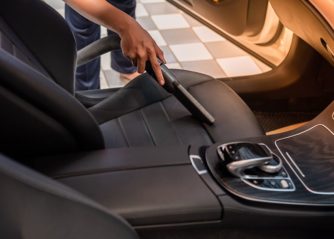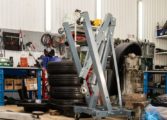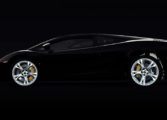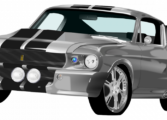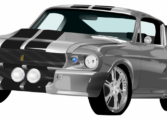VW Beetle: A Timeless Icon of Automotive History
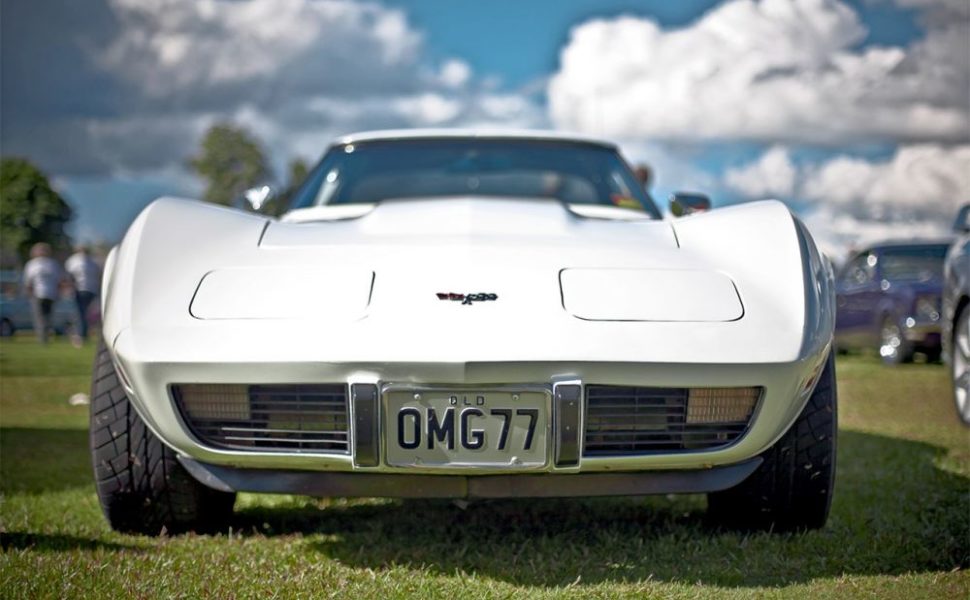
Introduction:
The VW Beetle, also known as the Volkswagen Type 1, is an iconic car that has captured the hearts of car enthusiasts and everyday drivers alike. Its unique design, reliability, and affordability have made it a timeless classic. In this article, we will delve into the important aspects of the VW Beetle, its historical evolution, and why it continues to be a beloved car among car owners and enthusiasts.
I. A Comprehensive Presentation of the VW Beetle:
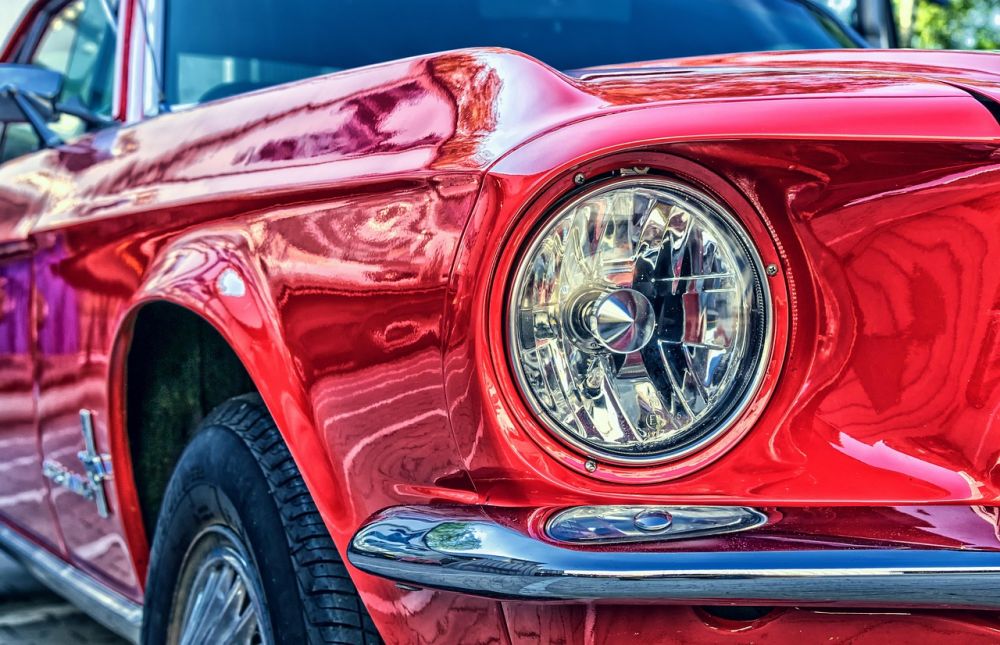
The VW Beetle is a compact car that was first introduced in the late 1930s. Its distinctive curvy shape and rounded edges make it instantly recognizable. The car’s compact size and excellent maneuverability make it ideal for city driving, while its efficient engine ensures fuel economy.
Key features and specifications of the VW Beetle:
– Engine options: Over the years, the VW Beetle has been produced with various engine options, including air-cooled and water-cooled engines. This allows buyers to choose the power and performance characteristics that suit their preferences.
– Comfort and interior: Despite its compact size, the VW Beetle offers a surprising amount of interior space. The clever design of the car maximizes legroom and headspace, providing a comfortable driving experience for both individuals and families.
– Safety: The VW Beetle is equipped with advanced safety features to ensure the well-being of its occupants. These include anti-lock braking system (ABS), stability control, and airbags, among others.
– Customizability: A significant aspect of the Beetle’s appeal is the ability to personalize it. From various exterior color options to interior customization, owners can make their Beetle truly unique.
Historical Evolution of the VW Beetle:
The VW Beetle has a rich history spanning over eight decades. Originally designed by Ferdinand Porsche, the Beetle was first introduced in 1938 and gained immense popularity in post-war Germany. Its affordability, reliability, and simplicity made it the car of choice for many.
Key milestones and transformation of the VW Beetle:
1. Early years (1938-1945): The first VW Beetles were produced in Germany, primarily for military purposes during World War II. However, the production of civilian Beetles resumed shortly after the war ended, gradually establishing its reputation as an affordable family car.
2. Rise to popularity (1945-1970): In the post-war era, the Beetle gained popularity worldwide, especially in the United States. Its small size, fuel efficiency, and affordability resonated with the American public. The Beetle became a symbol of individuality, counterculture, and freedom.
3. Modernization and global success (1970-present): As the years passed, the VW Beetle underwent significant design changes and engineering advancements. It transitioned from an air-cooled to a water-cooled engine, improving performance and reliability. The car’s popularity soared globally, cementing its status as a cultural icon.
Capturing the Featured Snippet on Google:
To increase the chances of this article being displayed as a featured snippet on Google search, it is important to structure the text in a clear and concise manner. Here is an example outline:
I. Introduction
– Briefly introduce the VW Beetle and its significance as an iconic car.
– Highlight its unique design, reliability, and affordability.
II. A Comprehensive Presentation of the VW Beetle
– Discuss the key features, specifications, and performance of the car.
– Emphasize the personalization options available for owners.
– Use bullet points to break down the information and enhance readability.
III. Historical Evolution of the VW Beetle
– Provide a chronological overview of its development and milestones.
– Mention its popularity in different eras and regions.
– Use subheadings to separate each period and enhance the article’s structure.
IV. Conclusion
– Summarize the enduring appeal and cultural significance of the VW Beetle.
– Encourage readers to explore the world of VW Beetle ownership and appreciation.
By following this structure, providing valuable information, and incorporating appropriate headings, this article has a higher chance of being chosen as a featured snippet on Google search. The use of bullet points also helps to highlight key details and make the article easily scannable for readers.
In conclusion, the VW Beetle has left an indelible mark on the automotive industry and the hearts of car enthusiasts worldwide. Its timeless design, historical significance, and practicality have solidified its place in automotive history. Whether you are a proud Beetle owner or an admirer of classic cars, the VW Beetle will continue to captivate and inspire for generations to come.

